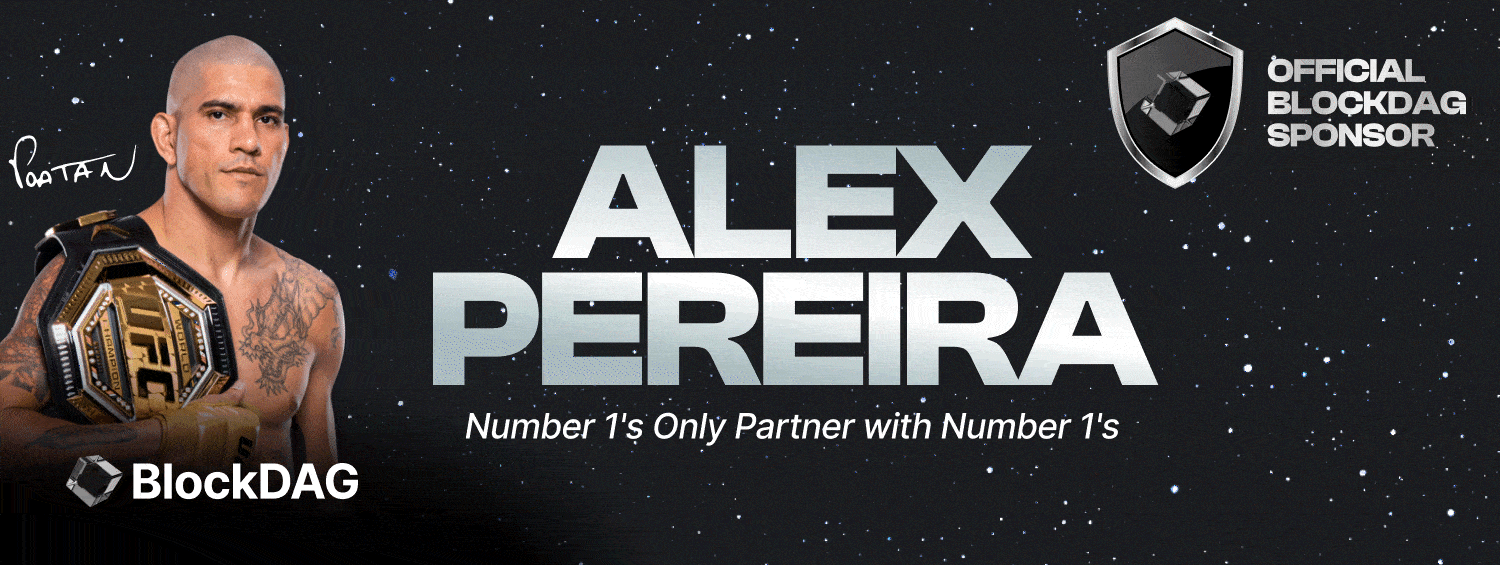‘As people chase higher yields, it will encourage the rehypothecation of ETH to riskier networks in the chase of those higher yields.’
Decentralised finance is proving once again that it remains the wild west of crypto.
Speculators have poured almost $2 billion worth of Ether and derivative versions of the token into an experimental protocol that aims to make it easier for blockchain developers to set up a project on a bet they’ll be rewarded with outsized returns once it goes live. On top of that, hundreds of millions of dollars worth of cryptocurrencies have been deposited on DeFi platforms such as Pendle Finance that are offering returns of 30% or more on expectations that incentive payouts from the platforms will be even higher.
DeFi has been the frontier of crypto since developers sought to create a marketplace without banks or other intermediaries by using software to automate processes on various blockchains. The sector was the hottest corner of crypto in 2018, then collapsed with the broader market in 2022, and has struggled to rebound since then amid a high rate of hacks and dubious projects.
“As people chase higher yields, it will encourage the rehypothecation of ETH to riskier networks in the chase of those higher yields,” said Anil Lulla, co-founder of crypto research firm Delphi Digital.
The second-largest cryptocurrency is flowing into the EigenLayer platform to be used in what’s being called “restaking.” That’s a takeoff on the process that runs Ethereum, where the tokens are deposited or “staked” to the network to help validate transactions on the blockchain. This was made possible following Ethereum’s revamp in 2022 that transformed the blockchain to a proof-of-stake network.

The underlying rationale for restaking is that most new networks struggle to build staking support because of a lack of activity on their blockchains. This means that they’re forced to develop products without the same resources or robust security as established networks. So by compensating holders to restake their tokens, the projects will likely reach fruition sooner.
That also allows Ether owners more opportunities to earn a return higher than the fixed one that comes from staking to the Ethereum network. The development of the project has been slow because the startup is taking “a lot of precautions” to mitigate potential risks, said Tarun Chitra, an investor in EigenLabs and CEO of crypto risk modelling firm Gauntlet.
The Ethereum community, including co-founder Vitalik Buterin, has warned of the potential risks of leveraging Ethereum’s security. One of the biggest risks of restaking is slashing, which occurs when the software used by stakers breaks certain rules and is penalized by having some of the staked Ether tokens taken away.
Even so, new platforms have emerged to become some of the biggest drivers of EigenLayer’s growth by providing a derivative version of restaked Ether tokens. The idea is similar to Lido Finance, which has been providing a derivative version of staked Ether since even before Ethereum’s conversion. These so-called liquid staking tokens can then be used on other DeFi applications — whether it is earning rewards by providing liquidity in money market protocols, or borrowing against the derivatives token in lending markets to get even more Ether to boost staking rewards. The type of new projects for liquid restaking, namely KelpDAO, ether.fi, and Renzo, have already attracted about $1 billion in deposits, according to data compiled by Subin An, an analyst at digital-asset fund Hashed.

“DeFi users are always seeking more yields,” said Curtis Spencer, partner and co-founder at digital-asset venture fund Electric Capital. “If they have already moved on-chain and became comfortable with liquid staking tokens, then the jump into a liquid restaking tokens is not too much of a leap.”
Speculative traders are also piling onto platforms such as Pendle Finance, which allows them to make leveraged bets on the potential rewards from restaking. While the actual restaking rewards remain unknown, Pendle offers more than 30% returns on deposited liquid restaking Ether tokens. The yields are calculated on the market’s expectations of future rewards, according to Zaheer Ebtikar, founder of crypto fund Split Capital.
But as money rushes into the sector centred on a project that is still not live yet, analysts have expressed concern that DeFi speculators have just reverted to the old practice of chasing the highest returns even before they’re paid out. EigenLayer’s next stage of its official launch is set to take place during the first half of this year, according to a blog post.
“Restaking is super interesting as a technology, but unproven in terms of safety,” said Leo Mizuhara, founder and CEO of DeFi institutional asset manager Hashnote. “Each restaking protocol is going to require extensive research, which makes investment difficult and time-consuming there.”
© 2024 Bloomberg


























